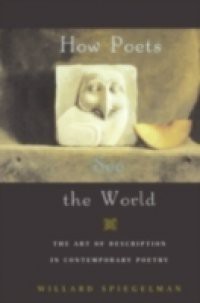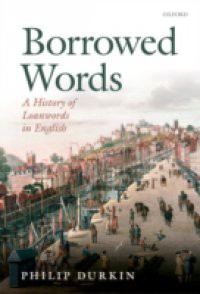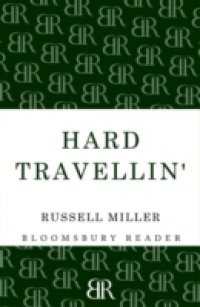Although readers of prose fiction sometimes find descriptive passages superfluous or boring, description itself is often the most important aspect of a poem. This book examines how a variety of contemporary poets use description in their work. Description has been the great burden of poetry. How do poets see the world? How do they look at it? What do they look for? Is description an end in itself, or a means of expressing desire? Ezra Pound demanded that a poem should represent the external world as objectively and directly as possible, and William Butler Yeats, in his introduction to The Oxford Book of Modern Verse (1936), said that he and his generation were rebelling against, inter alia, irrelevant descriptions of nature in the work of their predecessors. The poets in this book, however, who are distinct in many ways from one another, all observe the external world of nature or the reflected world of art, and make relevant poems out of their observations. This study deals with the crisp, elegant work of Charles Tomlinson, the swirling baroque poetry of Amy Clampitt, the metaphysical meditations of Charles Wright from a position in his backyard, the weather reports and landscapes of John Ashbery, and the new way of looking that Jorie Graham proposes to explore in her increasingly fragmented poems. All of these poets, plus others (Gary Snyder, Theodore Weiss, Irving Feldman, Richard Howard) who are dealt with more briefly, attend to what Wallace Stevens, in a memorable phrase, calls the way things look each day. The ordinariness of daily reality is the beginning of the poets own idiosyncratic, indeed unique, visions and styles.




















